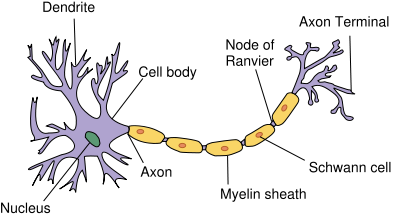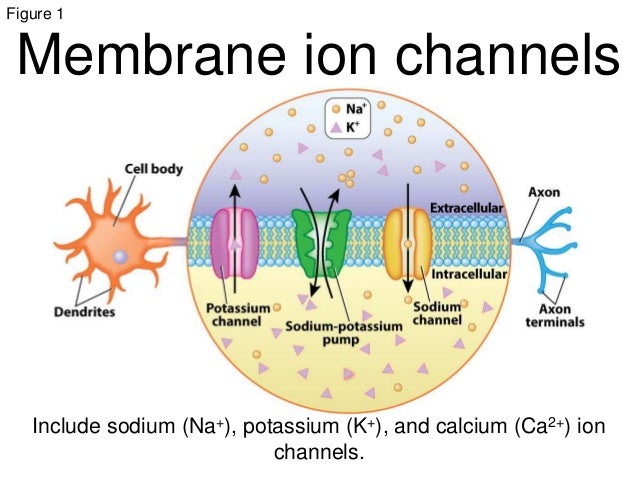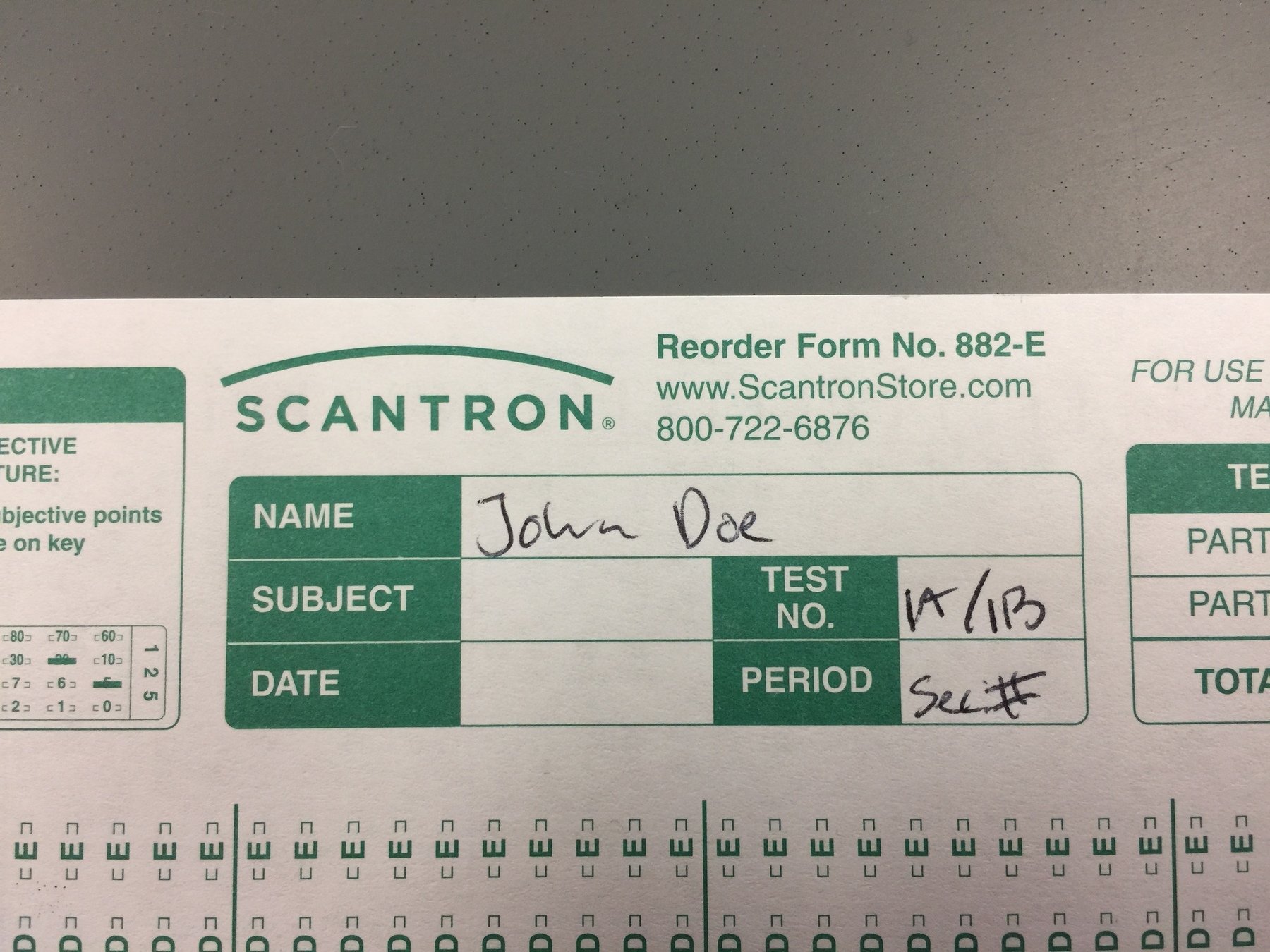Lab 6
Agenda
- Turn in Lab 5 by the staplers on the North bench.
- Needs a name and group number
- ~10 min.: Q&A on Lab 5 material
- 20 min.: Quiz 5
- ~2 hrs.: Lab 6: Sensory Physiology
- ~30 min.: Next lab reminders/questions/review
Lab 5 Q&A
Neuron Anatomy

Ion Channels and Pumps

Action Potentials
- What is an action potential (AP)?
- Can you label/define the parts?
- Define threshold.
- Describe the action of these ions during an AP.
- Na+
- K+
- Ca++
- Cl-
- How are APs similar to nerve potentials? How are they different?

Summation
- What kinds are there?
- Temporal
- Spatial
- Can you define them?
Drug Effects
- Monosodium Glutamate (MSG)
- Nicotine
- Calcium chloride
Quiz 5

Sensory Physiology
Lab 6
Lab Purpose
To allow students to experiment with principles of cutaneous sensory function, proprioception, pain and adaptation.
Lab objectives
- Explain difference in two-point thresholds in terms of sensory receptor density and filed.
- Explain adaptation in terms of action potentials and know which cutaneous modalities adapt and which do not.
- Be able to discuss the function of muscle spindle fibers, Golgi tendon organs, and joint receptors.
- Explain the stretch reflex.
- Explain referred pain.
- Explain the causes of myopia, hyperopia, color blindness, and ways if any to correct these maladies.
- Explain stimulus coding and how it is used in the nervous system.
Lab Safety
- Two point touch discrimination - be gentle!
Core Principles
Cutaneous Perception


Lateral inhibition

Myotatic Reflex

Referred pain

Vision
- Types:
- Myopia
- Hyperopia
- Color blindness
- How do we fix them?

Stimulus coding

Lab 7: Skeletal Muscle Physiology
- Read:
- Stanfield pgs. 323-350
- Silverthorn pgs. 379-402
- Bring:
- Calculator
